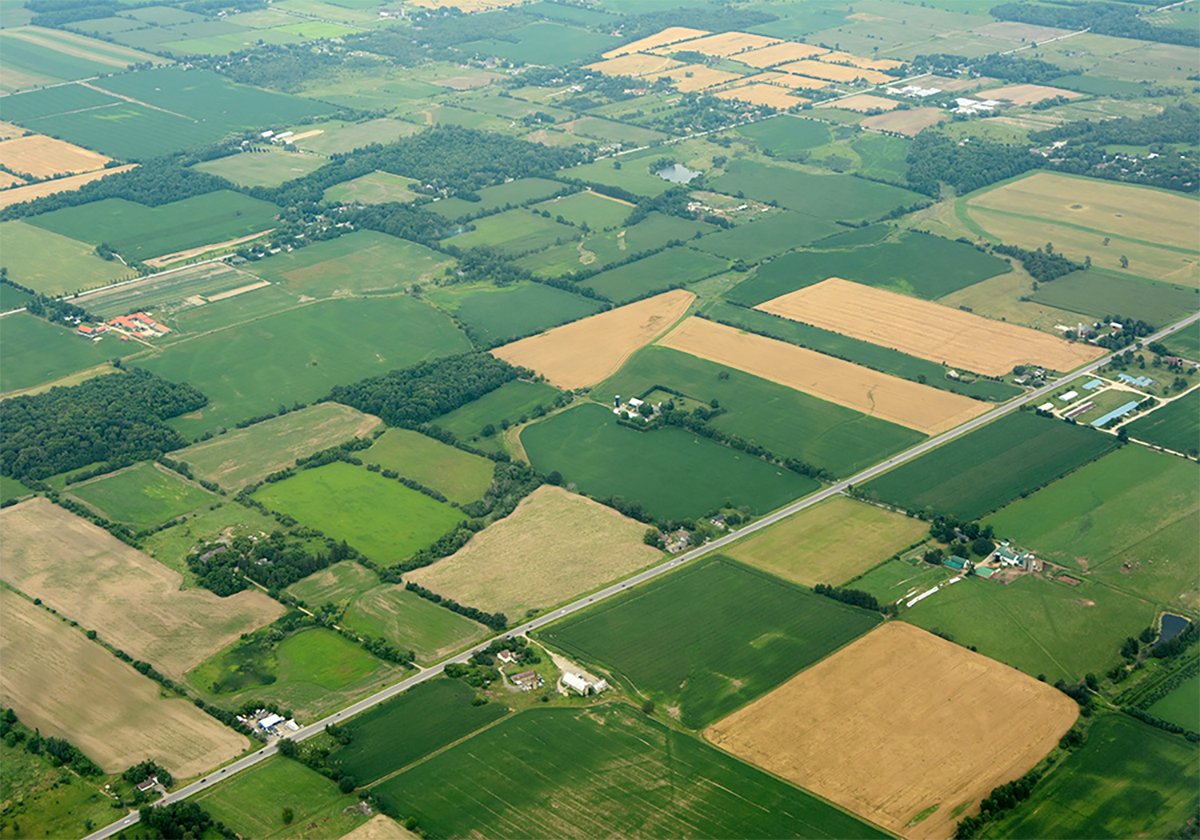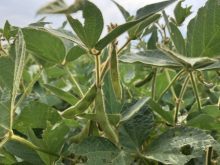VICTORY tastes sweet to Canadian hog producers and it should be savoured.
An early April ruling by the U.S. international trade commission eliminated duties against Canadian pigs because Canadian hog imports to the United States do not cause injury to American producers. The duties, levied since October 2004, amounted to millions of dollars that will now be refunded. The decision can and should give new confidence to the Canadian hog industry.
However, once they have given this victory its due, Canadian hog producers should review and repair the relationships between their provincial and national hog organizations.
Read Also

Higher farmland taxes for investors could solve two problems
The highest education and health care land tax would be for landlords, including investment companies, with no family ties to the land.
Experience tells us this about American trade actions: where one fails, another is sure to follow. A successful defence of the next volley will depend upon a united Canadian front Ñ the type of front that wasn’t evident during the recent battle.
Divisions between the Manitoba and Ontario hog organizations resulted in the hiring of separate legal teams to fight this trade challenge. Manitoba spent about $6 million, Ontario about $4.5 million and the Canadian Pork Council about $2 million. Submissions from each team turned out to be complementary but hard-earned hog producer dollars were nevertheless wasted through duplication of effort. Manitoba and Ontario embody different aspects of the Canadian hog industry. Manitoba’s growing hog export industry is focused mainly on weanlings and has seen major growth in recent years.
Ontario’s industry is focused on slaughter animals and, relative to Manitoba, has seen slow, stable growth over the same period.
The arrival of the U.S. trade challenge, prompted at least in part by American hog producers’ objections to an influx of Canadian weanlings, highlighted industry differences in the two provinces. Some Ontario factions initially sought to distance themselves from the battle, arguing that their primarily slaughter hog exports should be treated separately. Some Manitoba factions saw that view as evidence that Ontario was willing to sacrifice the growing Manitoba weanling operations for the sake of Ontario industry stability. The result was separate fund-raising efforts, legal teams and strategies.
Happily, the result of this division was a victory that benefitted and stabilized the hog industry Canada-wide. Yet even hog producers must admit their divisions put them in a risky position, especially when the foe is their powerful southern neighbour.
There are many nuances to the differences of opinion between Manitoba and Ontario hog organizations. They will not be resolved quickly or easily.
But for the sake of strength when the next trade challenge comes, individual hog producers should push their respective organizations to find some common ground. A united front is a strategy proven to work.














